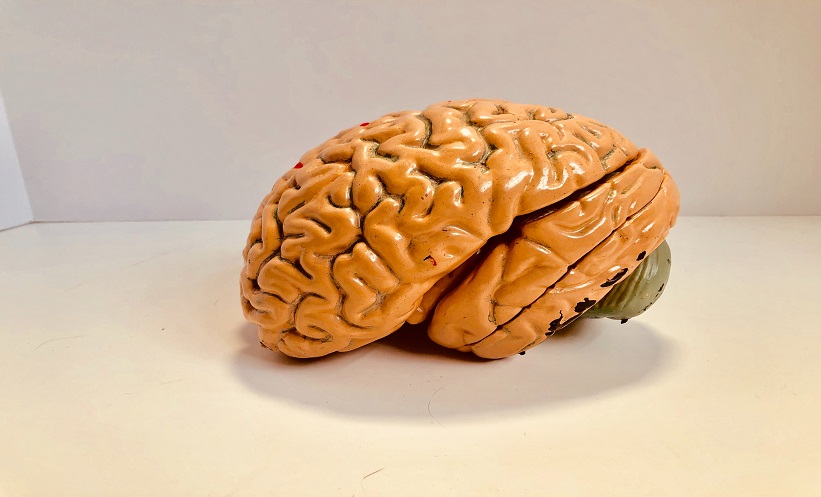PIONEERING researchers have used human data to assess the speed at which different processes lead to the development of Alzheimer’s disease. Led by the University of Cambridge, UK, the study discovered that the disease progresses in a different way than scientists thought, presenting in several areas of the brain in early stages, and killing cells at different rates. The use of this data in this context was made possible following the chemical kinetics approach developed at Cambridge over the last 10 years.
Using post-mortem brain samples from patients with Alzheimer’s and PET scans from living patients, the international researchers tracked the accumulation of τ protein, a key protein involved in the aetiology of the disease. The aggregation of τ and amyloid-β protein leads to the formation of protein aggregates, resulting in the death of brain cells. This causes memory loss and changes in personality, two key characteristics of Alzheimer’s disease. The study team found that the replication of these aggregates was in fact the mechanism controlling the progression of the disease.
First author Georg Meisl, Yusuf Hamied Department of Chemistry, University of Cambridge, explained: “We found that when Alzheimer’s starts there are already aggregates in multiple regions of the brain, and so trying to stop the spread between regions will do little to slow the disease.” Co-senior author Sir David Klenerman, Dementia Research Institute, University of Cambridge, added: “Neurons are surprisingly good at stopping aggregates from forming, but we need to find ways to make them even better if we’re going to develop an effective treatment.”
This research has established new ways of understanding Alzheimer’s disease progression and subsequent treatment, through the development of therapies targeted at processes leading to disease advancement. Future research will focus on studying earlier stages in the disease, with an aim to apply this to other neurological diseases, including Parkinson’s disease.








